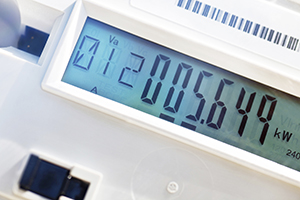Under the Energy Price Guarantee (EPG), the Government will fix the wholesale energy charges to all businesses, pub
Simple energy efficiency measures such as switching off office equipment, using energy-saving lamps and the correct setting of room temperatures could cut office energy bills by up to 20% according to the Carbon Trust.
Here are some easy energy efficiency tips to get you started.
Lighting
- Encourage your staff to use lights only when necessary. For instance, at times of low occupancy staff should only switch on the lights that they need rather than the whole floor area.
- Make it clear which lights should be left on and which can be off when not needed. For example, you might choose to light your main office entrance continuously, but specify that the boardroom should only be lit when the room is in use.
- Use time switches and daylight sensors. These can help you to avoid leaving lights on throughout the night for security reasons, reducing energy consumption.
- Install energy efficient lights. For example, compact fluorescent products that use 80% less energy could replace tungsten GLS lamps
Business equipment
- Encourage your staff to switch equipment off when it is not in use. Even in standby mode, your equipment still consumes energy.
- Use the energy saving features of modern IT equipment.
Heating
- Encourage individuals to turn down the thermostatic radiator valves in their rooms.
- Ensure that your radiator circuit is weather compensated to reduce overheating. If overheating occurs, make sure that the heat is turned down rather than opening the windows.
- Avoid using supplementary electric heaters. These are one of the most expensive heat sources to run.
- Use window blinds. Closing window blinds at night or in the early evening can help reduce heat loss.
Upgrade the building
- Install self-adhesive thermal strips around doors and windows to reduce draughts. In many buildings, draughts account for up to 10% of heat loss.
- Fit automatic closures on external doors.
- Apply daylight sensors to lights in order to maximise the use of daylight.
Did you know?
- Reducing room temperatures by just 1°C can cut fuel consumption in a typical office by around 8% and save enough energy to print over 40 million sheets of A4 paper.
- A computer and monitor left on 24 hours a day will cost around £45 a year, but switching them off out of hours and enabling standby features could reduce this to less than £10 a year.
Source: Carbon Trust



